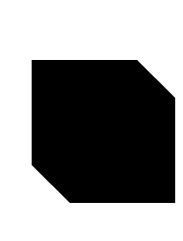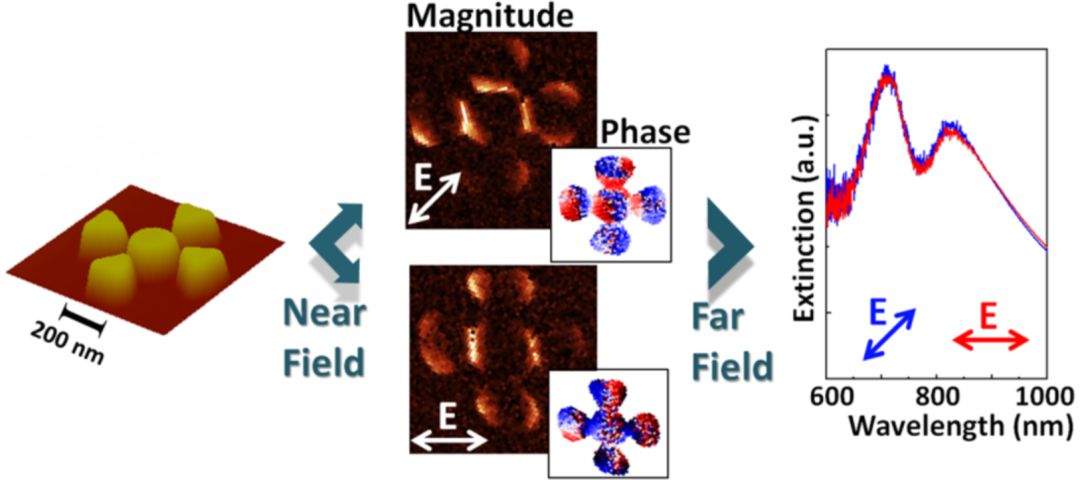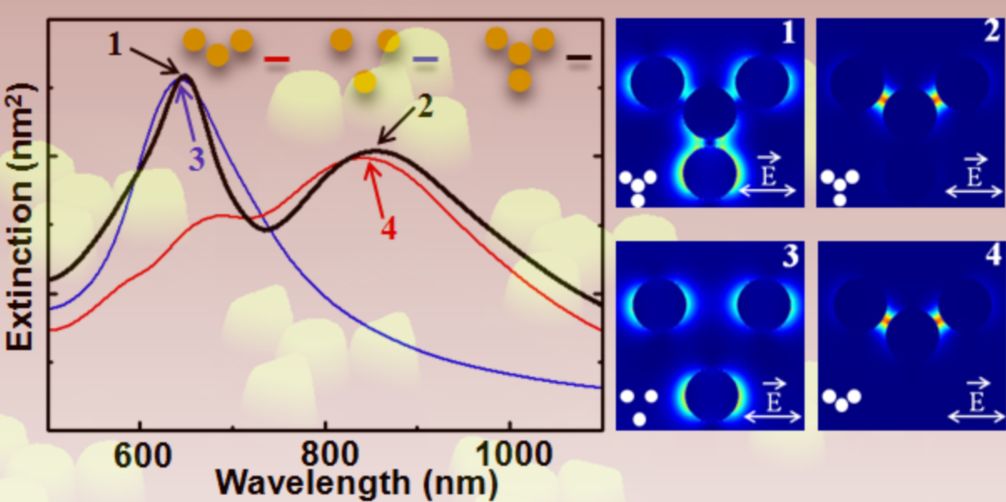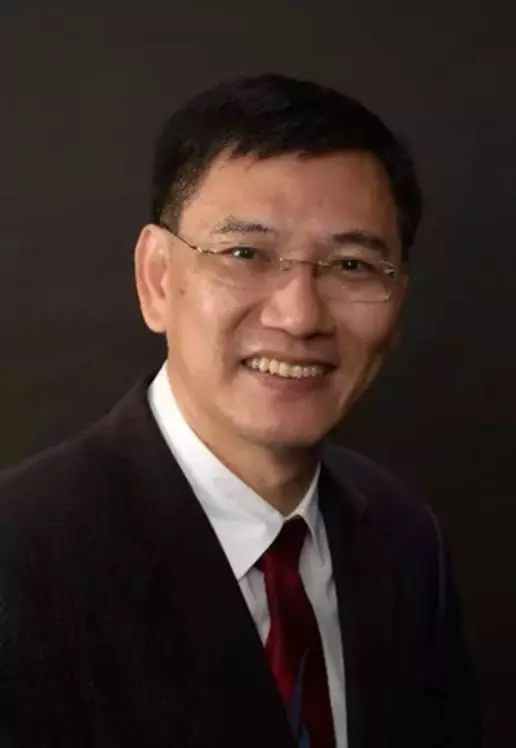
新加坡工程院院士、新加坡國立大學洪明輝教授根據自己團隊多年的科研論文寫作經驗、審稿經驗,特別加入了他學生的體會,歸納了如下超級實用的寫作指南,手把手地教同學們打造高影響力的SCI論文。
這不僅是一份論文寫作指導,也是科研工作的指南。
Part 1.如何高效地開展一個科研項目?
做科研是一個叠代過程
不要指望你的實驗或計算以從A點到B點的方式直線進行。
“I found that I often had to go back to check my experimental results or equations when things go wrong. Failure is non-optional. In my opinion, the tenacity a research student gains during his or her research, in terms of being able to hang on to a problem and not let go, is probably the greatest value-add of a research degree.”
它取決于你要問的問題
爲每個研究項目提出一個主要問題,例如 “how does x change when y …”。
“The question you ask will lead you in drastically different directions. For example, in considering sensing problems one can ask the questions ‘how has the analyte concentration changed?’ or ‘what are the substances present in the system?’.”
不斷地平衡項目的目標和實際的限制
試著將整個項目從頭到尾形象化、可視化,記下每一步所需的設備和需要完成的小目標。
“There’s no point in making beautiful samples if you cannot characterize them. For my spoof plasmon sensing project, I remember that I had to get the terahertz spectrometer working before I even started.”
緊盯目標
永遠不要脫離目標或背景做研究。研究背景讓你的研究有意義。在你的領域裏,你准備解決哪些重大問題?這決定了你工作的新穎性和影響力。當你過于聚焦于手頭工作時,有時候會忘記當初爲什麽要開展這個項目。
這是一個叠代過程
在上述步驟之間來回轉換,以完善你的想法。有時候甚至需要質疑你的假設。
Part 2.如何寫出一篇好的科研論文?
首先我們都知道,寫好科研論文不是一件容易的事情。不斷練習、好的計劃以及有條理的記錄是科研論文寫作的三大法寶。
1.寫論文的通用准則
1)論文不是實驗報告
這是你打算與世界分享你的工作的最重要的時刻,不必把所得到的每一個圖、表、數據全放進去。沒有新想法的論文,即使出版了,也毫無用處。
“I find myself treating a paper like a presentation. I ask myself, ‘what are the 3 things that I want to tell people?’ Not 20, 10 or 5 things. Just 3.”
2)論文的組織架構直接取決于各部分間的邏輯聯系
像剝洋蔥一樣,一層一層地展示結果。
每次跳轉到下一節前,需要適當的原因解釋來引導讀者,以讓讀者對你接下來提出的任何新信息做好接受的准備。
3)不要過度加工或解讀圖表
清晰(Clarity)最重要。
•To make your paper readable;
•To stay focused on the paper research topic;
•To use paragraphs to separate each important point;
•To present your points in a logical order;
•To avoid informal wording.
2.寫作開始前,列出恰當的論文計劃
(paper plan)
論文計劃中要明確論文的目標(objective), 創新點(novelty)和影響力(impact)。
1)Highly dependent on target journals
• Letter, article or review papers;
• Low, middle or high impact journals;
• Mostly theoretical journal (like PRL) or experimental Journal (like OE).
2)Must be like a story: all parts must be coherent and connected.
3)Must answer a scientific question:
• A claim that answers the question;
• Evidence data;
• Reasoning that involves a “rule” or scientific principle that describes why theevidence supports the claim.
3.論文結構
Title(題目)
一句話描述該研究的關鍵創新點和影響力。
• Normally 15 words;
• Brief (short & sharp) phrase describing and reflecting the contents of the paper;
• Concise and informative;
• Avoid abbreviations, prepositions and formulae where possible.
Abstract(摘要)
用一段話簡明扼要地總結你的研究工作。
• Purpose of the study – hypothesis, overall question and objective;
• Scope of the experiments and methodology;
• Major results and findings, including specific and key data;
• Important conclusions (with research limitations and implications (if applicable).
提示和技巧:
• To stand on its own, not refer to figure or table in the paper;
• To focus on summarizing results;
• To be consistent with what you will report in the paper;
• Avoid words like: highest, best, first, it is the record (unless it is a Nature or Science paper);
• Highlight impact on society, policy and future work.
Introduction(引言)
基本要求:
•Normally 1~1.5 pages;
•Provides insights to current or past problems;
•Provides comprehensive literature reviewAt least 15~20 references cited with most current literatures;
•To describe the importance (significance) of the study;
•To defend your model, organism or system with the advantages;
•To provide a rationale. State your specific hypothesis or objective, and describe the reasons that led you to select them;
•Objective must appear in the last paragraph.
提示和技巧:
•To use past tense except when referring to established facts;
•To organize your ideas, making one major point in one paragraph;
•All major relevant papers must be cited;
•To present background information only as needed;
•To state the hypothesis and objective precisely and clearly;
•To ensure correct spelling, clarity & appropriateness of the sentences and phases;
•Never directly deny pervious published results.
Materials and Methods(材料與方法)
此部分應盡量簡明。
風格:
•To use the third person passive voice;
•To use normal prose in this and other sections of the paper;
•To avoid informal lists and use complete sentences;
•Materials and methods are not a set of instructions;
•No explanatory information, which is for the discussion.
Results(結果)
發現與結果的展示,並能與討論部分相結合。
內容:
•To summarize the findings in text, illustrate with figures & tables;
•To describe the results to the observations that are most relevant.
提示和技巧:
•To explain clearly;
•Never to include raw data or intermediate calculations;
•Do not present the same data more than once.
風格:
•To use past tense for your results, and put them in a logical order;
•To place figures and tables, being properly numbered.
I do not know where to go,
but I have been on the road.
我不知道將去何方,但我已在路上
Figure designs(圖片設計)
全局考慮,將相關聯的數據(例如,模擬和實驗)放在一起。
•Always check the format of published papers in target journals: Is it better to design vertical, horizontal or square figures?
•Figure captions: sharp and sweet: meanwhile, all presented data must be quoted.
Discussion(討論)
對結果進行解釋,並且闡明該結果如何支持你的結論。清晰地描述你的發現的重要性。
•To decide if each hypothesis is supported, rejected, or if you cannot make a decision with confidence;
•Research papers are not accepted if the work is incomplete. Draw what conclusions you can have based upon your results and treat the study as a finished work;
•You may suggest future research directions;
•To explain your observations as much as possible, focusing on mechanisms;
•The experimental design adequately addressed the hypothesis;
•To offer alternative explanations.
Conclusions(結論)
對該研究的總結,但是應避免與摘要和引言重複。
應該包含:
•Study objectives;
•Study practical and implications;
•How the paper advances research in this area? What is unique?
•Recommendations for future works.
Acknowledgement(致謝)
致謝是對那些有貢獻于該研究的個人或基金的公開認可和感謝。
•Contributions to the research should be acknowledged.
•Non‐research contributions are not appropriate for acknowledgment.
A Graphic for the Table of Contents (TOC):
許多高影響力的期刊會要求作者提供 TOC圖片。
要求:
1. Be in conjunction with the manuscript title;
2. Give the reader a summary of the research described in the paper.
提示和技巧:
1. Straight forward and easy to be understood;
2. Colourful and eye-catching;
3. Highlight the main message of the paper;
4. Minimum (most important) scientific data.
Good examples:
ACS Nano, 7 (12), 11138–11146 (2013)
Nano Letters, 12 (4), 2101-2106 (2012)
Part 3: 個人經驗分享
一些非常有用的建議:
1) Work hard and smart;
2) Keep reading and writing. Everyday read and write each for two hours;
3) Keep improving, if your manuscript is rejected, analyze reviewers’comments, revise, update your research results at once and submit the revised manuscript to another journal ASAP;
4) Think bigger pictures and aim at higher impact;
5) Have more research partners at different research fields and build a more extensive research network;
6) Weekly report and weekly seminar;
7) To have more discussion with your supervisor (at least once a week);
8) To mainly read papers being published in top ~ 10 journals in your field;
9) To challenge the published papers and find out their weakness and what need to be done but have not been done;
10) To keep in your mind that Great papers often come from ‘stupid’ ideas;
11) To extend knowledge scope and think wider scope, higher impact and deeper scientific understanding;
12) To attend more interest seminars and seek as many as possible helps to do together with others for the top impact papers;
13) To have your 5 years plan, 2 years plan, one year plan, half year plan,quarterly plan, monthly plan, weekly plan, and daily plan;
14) To review and tune your plans often;
15) To record data properly and process data ASAP after experiment;
16) To record down what are revised by your supervisors, seniors and manuscript reviewers.
嘉賓簡介
洪明輝院士,新加坡國立大學終身正教授,新加坡工程院院士,激光光學領域的著名學者和領軍人物,曾擔任新加坡國立大學工學院助理院長,長期從事激光微納加工及檢測技術的研究。在Nature及其子刊, Chemical Reviews, Nano Letters,Advanced Materials,ACS Nano等國際一流學術刊物發表論文400余篇,合著15部專著;現爲美國光學學會會士(OSA Fellow)、國際光學工程學會會士(SPIE Fellow),國際光子和激光工程學會會士(IAPLE Fellow)和副主席,以及新加坡工程師協會會士和副主席。擔任《光電工程》和Opto-Electronic Advances的執行主編,同時擔任Light: Science & Applications, Scientific Reports, Journal of Laser Micro/nanoengineering, 《中國科學: 物理學力學天文學》等高水平學術期刊編委。
END
版權聲明
轉載來自:本文內容來自洪明輝院士相關講座報告,光電期刊微信公衆號整理,如需轉載請留言。
往期精選
青年千人|“千人計劃”申報攻略之青年人才篇
“春晖杯”落幕 | 又一批追夢者在這裏實現理想,我們明年再會!
“學聯杯”體育節落幕|恰同學少年,風華正茂;書生意氣,揮斥方遒!
科研崗位、學術同仁、合作平台?學聯高層次人才中心爲您牽線搭橋!
感謝您對學聯長期以來的支持和關心
長按圖片即可掃描二維碼關注我們






